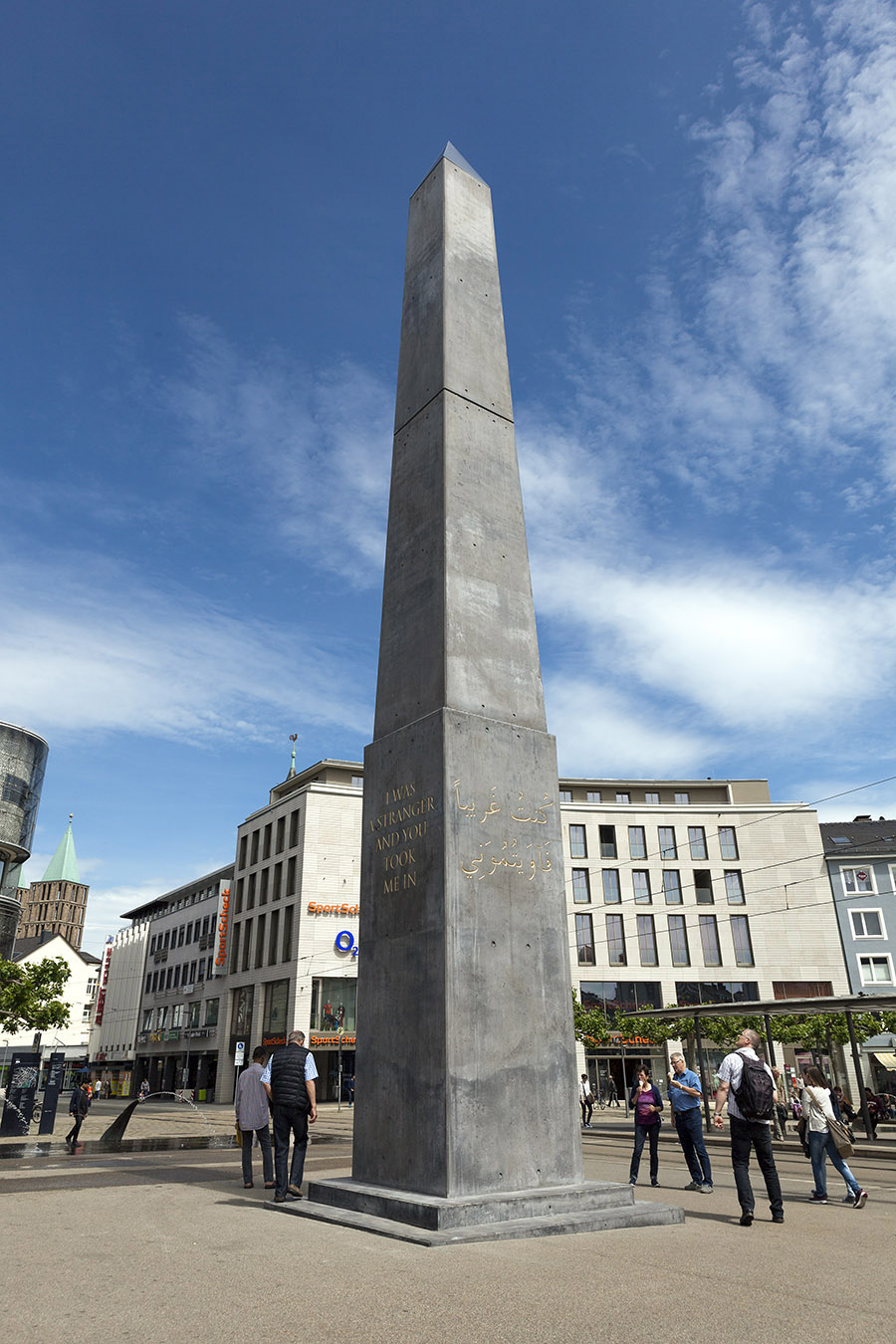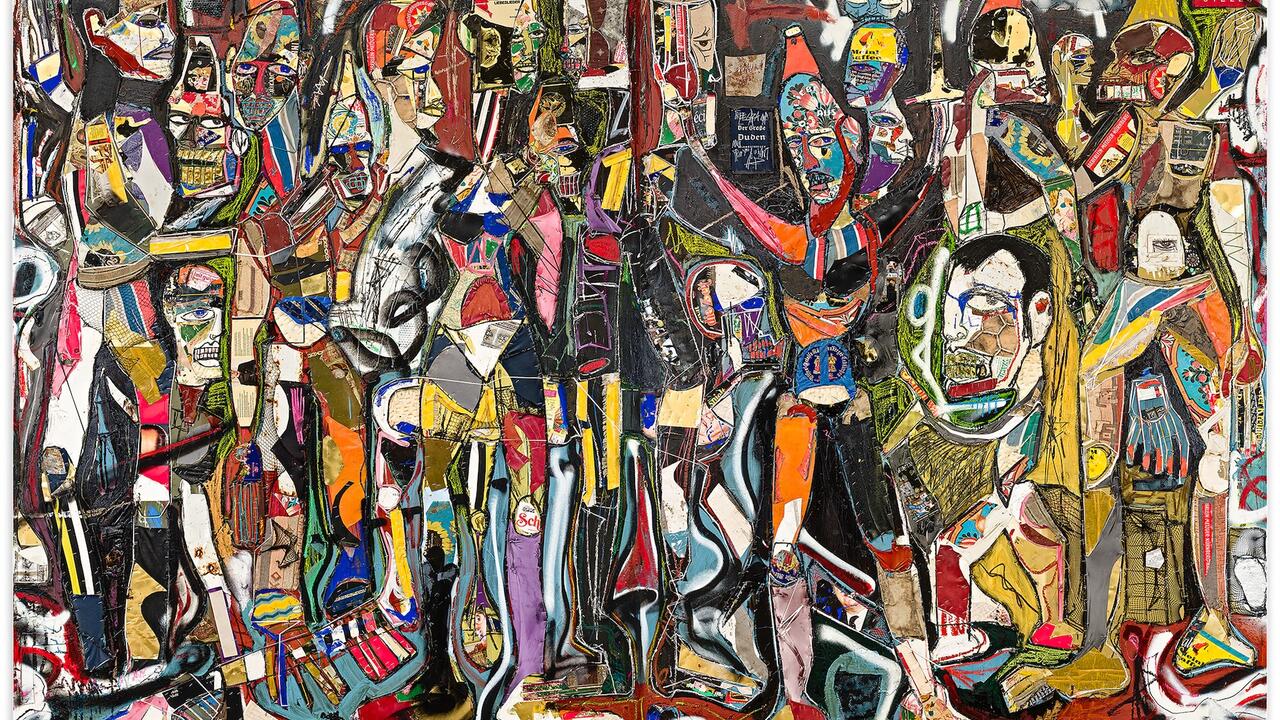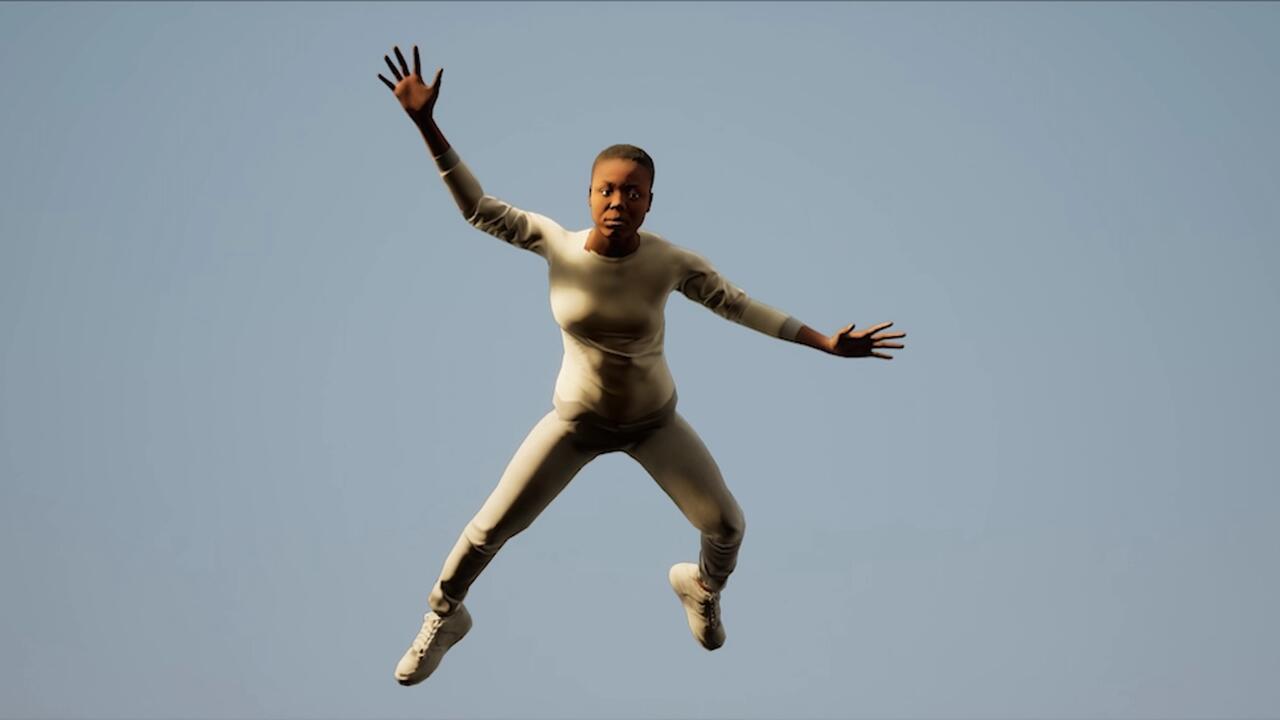Looking Back 2017: The Year of the Open Letter
From Hannah Black to Not Surprised, the changes demanded by today’s letter writers are still a long way from being assured
From Hannah Black to Not Surprised, the changes demanded by today’s letter writers are still a long way from being assured

Over the past year, protest has taken many forms, from marches to online petitions; personal opinions and grievances broadcast on social media. One of the most interesting manifestations of protest in 2017 has been the wide range of open letters, to and from individuals and groups, expressing outrage, dismay or disgust and demanding concrete results. These missives have a historic precedent in ‘J’accuse…!’, a letter from novelist Émile Zola to French President Félix Faure, published on the front page of the newspaper ‘L’Aurore’ on 13 January 1898. In it, Zola accused the French government of anti-Semitism in jailing French army officer Alfred Dreyfus for espionage, and demanded his release. It took eight years of personal, political and legal battle, but Dreyfus’s conviction was eventually annulled. Today’s letter writers are equally passionate and intent on change, but in many cases, the changes they are after are still a long way from being assured.

In March, British artist Hannah Black published an open letter to the curators of the Whitney Biennial and its staff on Facebook, demanding the removal of Dana Schutz’s painting Open Casket (2016) from the exhibition, and calling for the work to be destroyed. Published after artist Parker Bright physically protested the work by standing in front of it – wearing a t-shirt with ‘Black Death Spectacle’ written on its back – Black’s letter argued that ‘the painting should not be acceptable to anyone who cares or pretends to care about Black people because it is not acceptable for a white person to transmute Black suffering into profit and fun, though the practice has been normalized for a long time.’ She thrice repeated the imperative that ‘The painting must go.’ The letter prompted outrage of its own, and generated a wide-reaching debate about who is allowed to make work about certain subjects, a question taken up, with an autobiographical slant, by writer Zadie Smith in ‘Getting In and Out – Who owns black pain?’, published in Harpers, and also on prime time American TV when actor Whoopi Goldberg discussed it on The View, declaring that ‘no artist should be told: your art’s not ok.’ The Whitney responded with ‘Perspectives on Race and Representation’, an evening of testimonies and talks relating to the issue, organized with the Racial Imaginary Institute. Neither Black nor Schutz chose to appear.
For the first time, the main exhibition of this year’s documenta, titled ‘Learning from Athens’, took place in two cities, opening in Athens in April and Kassel in June. The show prompted its fair share of open letters: first a message from the Athens-based group Artists Against Evictions addressed to documenta viewers, participants and workers, accusing the institution of ‘art washing’ over the violent eviction of squats in the lead up to the show’s opening. The letter accused documenta of hypocrisy for claiming to address economic inequality, migration and extremist politics, yet staying silent about the clearing of buildings that had been homes to ‘artists and activists coexist[ing] together with thousands of refugees, who have come here from war-torn countries to seek new lives with dignity and freedom.’

Arguments over the purported value – financial, social and cultural – of documenta were the subject of open letters in September, after news of a budget deficit of EUR€5.4 million was printed in the German newspaper HNA – the paper at first alleged the figure was EUR€7 million. According to the article, documenta was near bankruptcy due to the financial irresponsibility of curator Adam Szymczyk and CEO Annette Kulenkampff, and had been saved by a bailout underwritten by the city of Kassel and the state of Hesse. Auditors later blamed the overspend on activities in Athens, and Szymczyk and his team wrote a letter defending their work against claims of financial irresponsibility and accusing the newspaper of ‘presenting their opinions as objective facts’. They also took up a much bigger question, casting doubt on the sustainability and ethics of big expos in general, and calling for ‘a spirit of collective reflection … to question the value production regime of mega-exhibitions such as documenta.’
Szymczyk’s letter was swiftly followed by a letter signed by 212 of the documenta 14 artists that defended the curatorial team’s work and harked back to the ethos of the original documenta as a driver of post-war reparation, drawing a parallel with the present-day ‘economic war fought by European institutions against the Greek population’, and arguing that German press and political agents were ‘shaming through debt’ rather than engaging with the content of the exhibition.

In October, news of Harvey Weinstein’s decades-long systematic sexual abuse broke, prompting British playwright and film director – and sometime Weinstein collaborator – Jez Butterworth to perform an open letter on the BBC’s Newsnight programme on national UK TV. Addressing ‘Dear Harvey’, Butterworth spoke ‘as the father of daughters’ using the idea of his 11-year old daughter as a pretext to berate Weinstein for his actions. Butterworth’s misguided exploitation of the drama of (potential) victimhood showed just how much work still has to be done to address sexual abuse via the perpetrators’ guilt rather than by other factors.
The media watershed on sexual abuse soon reached the art world, with revelations of Artforum co-publisher Knight Landesman’s sexual misconduct. When the magazine’s co-publishers publicly discredited his accusers, its staff countered with a terse statement condemning the management’s handling of the scandal. The ‘Not Surprised’ campaign drew attention to sexual harassment across the art world with an open letter, originally signed by 150 women in the arts, that referred to Landesman’s actions. It went on to receive 9,500 signatures from across gender groups within days. The letter has since led to plans for action, with the formation of the group We Are Not Surprised, by pledging to hold open meetings internationally and to develop an industry-wide code of conduct and a system for communicating with survivors and victims.

Not all open letters have been as explicit in their message: the new editor of British Vogue, Edward Enninful penned his first editor’s letter celebrating 'great Britain' and paying ‘tribute to our country and to a group of people who brilliantly represent it, both at home and on the world stage.’ He continued, ‘Whatever your views are on Brexit, there is surely one thing we can all agree on: we are a talented bunch’ – a non sequitur that hints at the growing politicization of media across the board.
In November, ‘What Should White Culture Do?’, a conference organized by writer Daniel C. Blight, with Art on the Underground and the Royal College of Art, London, featured a keynote by American writer George Yancy, who spoke about his open letter ‘Dear White America’, published in the New York Times in December 2015. He had intended the letter ‘as a gift’ and urged the reader to ‘listen with love’, but it elicited torrents of vitriol: explicit hate mail and death threats. Yancy described the unexpected physical effects he had suffered as a result of the abuse, an experience that led to his forthcoming book Backlash: What Happens When We Talk Honestly about Racism in America (2018). Addressing the white component of the audience, Yancy expressed little hope for white culture, but called for ‘more experiences where the spaces we inhabit break down, where you as the white person see yourself as the problem.’

In October, the new London-based feminist publisher, Silver Press, launched ‘Your Silence Will Not Protect You’, a volume of essays and poems by feminist writer Audre Lorde. It includes ‘An Open Letter to Mary Daly’ (1979), in which Lorde took the feminist philosopher and theologian to task for her selective appropriation of black women’s words to introduce a chapter on genital mutilation in her book ‘Gyn/Ecology’ (1978). Lorde’s letter gets to the heart of the type of grievance afflicting most of these letter writers: that the addressee has not been paying full attention to the reality of the writer’s situation, which the writer feels should be publicly exposed. She also makes clear that simply reading the letter is not enough; that it requires action. Lorde wrote: ‘Mary, do you ever really read the work of Black women? Did you ever read my words, or did you merely finger through them for quotations which you thought might valuably support an already conceived idea concerning some old and distorted connection between us? This is not a rhetorical question.’
Main image: L’Aurore, 13 January 1898. Courtesy: Wikimedia Commons and Musée d’Art et d’Histoire du Judaïsme




















